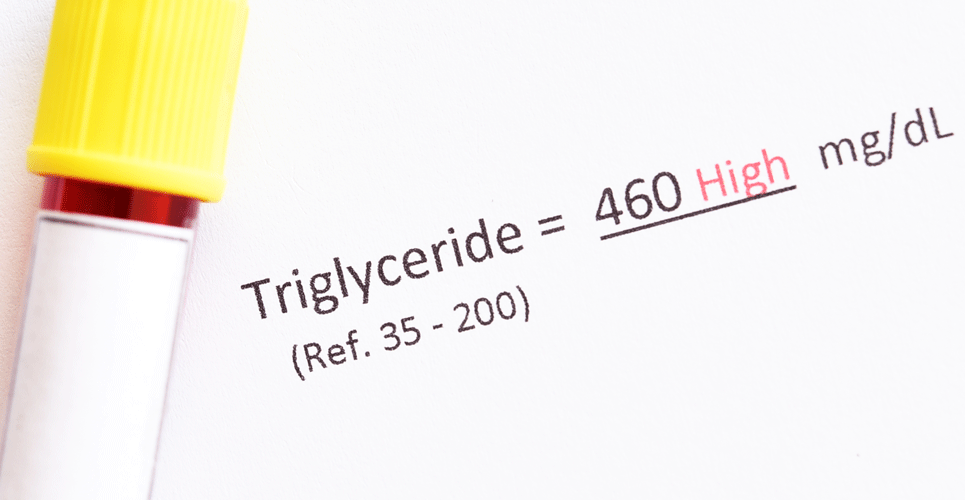An increased triglyceride:HDL cholesterol ratio and CTA scores in stable angina patients are associated with worse cardiac outcomes over time.
The presence of a high triglyceride-HDL cholesterol ratio (TG-HDL-C) and a high computed tomography angiography (CTA) score are both independently associated with worse cardiac outcomes in patients with stable angina. These findings come from a multinational, European prospective, observational study undertaken across seven countries by a team from the Institute of Clinical Physiology, Pisa, Italy. In patients with known or suspected coronary artery disease, a standard lipid profile is conducted including measurements of total cholesterol, high density lipoprotein (HLD), low density lipoprotein (LDL) and triglycerides. Moreover, while the focus of treatment guidelines has been on a lowering of LDL cholesterol levels to reduce cardiovascular risk, in recent years, evidence has emerged and which suggests that a higher TG-HDL-C ratio is correlated with an increased risk of major CV events, even in the presence of low LDL cholesterol.
Whether the cardiovascular profile characterised by a high TG-HDL-C is associated with adverse events in the longer term is unknown and was the objective of the work undertaken by the Italian team. The study population came from the EVINICI cohort, in which patients with stable chest pain or equivalent symptoms and an intermediate risk of coronary artery disease, were referred for computed tomography and a smaller cohort were invited for a follow-up scan. Data collected for all participated included cardiovascular risk factors such as age, gender, family history of coronary heart disease, smoking status, co-morbidities etc were collected. In addition, measurement of cholesterol sub-fractions (e.g., HDL-C) and individual’s triglycerides levels were undertaken at baseline and after being followed up. The researchers set the primary outcome as a combination of major adverse events (AEs), including all-cause death and non-fatal myocardial infarction.
Findings
A total of 355 individuals with a mean age of 60 years (59% male) were included in the analysis. The overall baseline mean triglyceride:HDL cholesterol ratio was 2.78 and the mean CTA score 11.53. In addition, the majority of individuals had atypical chest pain (60%) or typical angina (25%).
A total of 154 patients were followed up over median duration of 4.5 years, during which time, 25 patients (7%) experienced a major AE including 8 deaths and 17 non-fatal myocardial infarctions. While over the follow-up period, mean LDL cholesterol levels were significantly reduced (106 vs 94, p = 0.0004), there was a significant increase in the TG-HDL-C ratio (2.49 vs 2.96, p = 0.0027), as well as an increase in mean CTA scores (11.02 vs 12.94, p < 0.0001). Using multivariate analysis, higher TG-HDL-C ratios were an independent predictor of prognosis (adjusted Hazard ratio, aHR = 2.51, 95% CI 1.09 – 5.81, p = 0.03) as was the CTA score (aHR = 1.06, 95% CI 1.03 – 1.11, p = 0.0006).
Commenting on these findings, the authors suggested that the TG-HDL-C ratio could be used as is a simple method to identify those individuals with a substantial residual coronary risk not tackled by current treatments. They concluded that a high triglyceride and a low HDL-C levels are associated with coronary artery disease related outcomes independent of both LDL-C and treatments.
Citation
Csselli C et al. Triglycerides and low HDL cholesterol predict coronary heart disease risk in patients with stable angina. Sci Rep 2021

